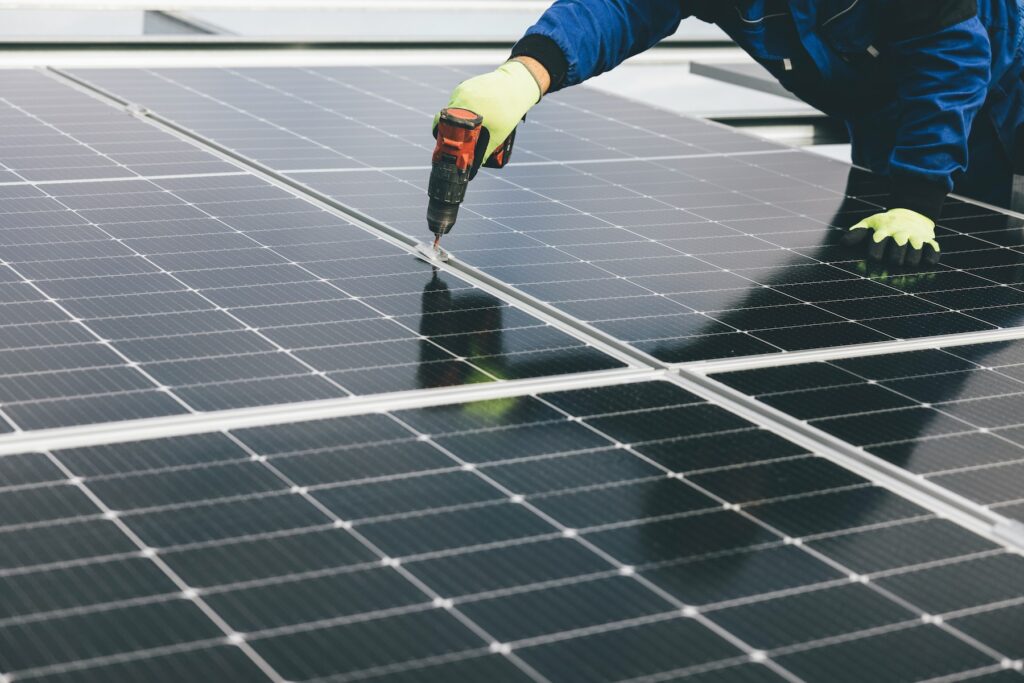In recent years, the term “net zero” has become increasingly common, particularly in discussions around climate change and sustainability. It refers to the state in which a person or organization’s overall carbon footprint is zero or, more accurately, net zero, meaning that any carbon emissions produced are balanced out by an equivalent amount of carbon removal.
The concept of a net zero lifestyle, therefore, involves making intentional choices to reduce one’s carbon footprint, such as reducing energy use, adopting sustainable transportation options, and making mindful purchasing decisions. The importance of a net zero lifestyle lies in its potential to mitigate the impacts of climate change by reducing greenhouse gas emissions, preserving natural resources, and promoting a more sustainable future.
Challenges of Net Zero Lifestyle
One of the challenges facing individuals and organizations in their pursuit of an eco-friendly lifestyle is the high initial cost of adoption. This is particularly true for investments in renewable energy infrastructure, which can be expensive to install and maintain. Similarly, adopting sustainable transportation options and energy-efficient appliances can require significant upfront costs. While the initial cost of adopting a net zero lifestyle can be a barrier for many individuals and organizations, it is important to consider the long-term benefits and potential cost savings that can result from reduced energy consumption.
Another challenge facing the adoption of a net zero lifestyle is the limited availability of technology and resources. While renewable energy sources such as solar and wind power are becoming more prevalent, they are still limited by geographic and weather-related factors. For example, not all regions have the same level of sunlight or wind speeds, making it more challenging to rely on renewable energy. Additionally, the transition to a net zero lifestyle often requires the use of specific materials and technologies, such as energy-efficient building materials and electric vehicles. These materials and technologies may not be readily available or affordable in all regions.
In addition to technological and financial challenges, there are also behavior and lifestyle challenges associated with adopting a net zero lifestyle. Individuals and organizations may need to make significant changes to their daily habits, such as reducing energy consumption, minimizing waste, and adopting sustainable transportation options. These changes can be difficult to implement, particularly in cultures and societies where consumption is highly valued. According to a report by the European Environment Agency, “shifting to a net zero economy will require changes in lifestyle and consumption patterns.” These changes will require a shift in mindset and behavior at both the individual and societal levels.
Solutions to Achieving a Net Zero Lifestyle
While the challenges of achieving a net zero lifestyle are significant, there are also many solutions that can help individuals and organizations to make the necessary changes.
One solution for achieving a net zero lifestyle is to focus on energy efficiency. This can involve a range of actions, from insulating buildings and improving heating and cooling systems to using energy-efficient appliances and reducing energy consumption through behavior changes. By reducing energy consumption and increasing the efficiency of energy use, individuals and organizations can significantly reduce their carbon footprint.
Another solution to achieving simple sustainable living is to shift to renewable energy sources such as solar, wind, and hydropower. While the initial costs of installing renewable energy infrastructure can be high, the long-term benefits can be significant, both in terms of reduced emissions and cost savings. By investing in renewable energy infrastructure and supporting the transition to a low-carbon energy system, individuals and organizations can play a key role in achieving a net zero lifestyle.
Individuals can also opt for sustainable transportation. By using public transportation, walking, cycling, or using electric vehicles, individuals can significantly reduce their carbon footprint. People can also practice sustainable agriculture and carbon offsetting. For emissions that cannot be eliminated through other means, individuals and organizations can use carbon offsetting programs to support projects that reduce or capture carbon emissions.
While achieving a net zero lifestyle will require significant changes in behavior, technology, and infrastructure, these solutions are achievable. By taking a comprehensive and collaborative approach, individuals and organizations can work together to reduce emissions and transition to a sustainable future.
Redefining Net Zero Lifestyle with BillionBricks
Building a net-zero home isn’t just about putting up walls and a roof; it’s about embracing a new way of living. Picture waking up each day to a home that runs on renewable energy, captures rainwater, and recycles wastewater. With a net-zero home, you’ll be closer to nature and fully immersed in a sustainable lifestyle.
With smart technology built right in, going net zero will engage all your senses and take you on a truly unique experience. Whether you’re a single person or a family, a net-zero home’s modular floor plan gives you the freedom to customize your space to suit your needs.
And the best part? You won’t have to sacrifice comfort or style. A net-zero home provides all the modern conveniences you need while dramatically reducing your environmental impact, creating a safe and superior experience of net-zero living.
Find out if your property qualifies for our net-zero homes and communities and get to know more about BillionBricks and our co-founders by booking a call with us here.
Sources
-
International Energy Agency. (2021). Net zero by 2050: A roadmap for the global energy sector. https://www.iea.org/reports/net-zero-by-2050
-
United Nations Environment Programme. (2020). Emissions Gap Report 2020. https://www.unep.org/emissions-gap-report-2020
-
European Environment Agency. (2019). Strategy for a climate-neutral EU by 2050: https://ec.europa.eu/commission/presscorner/detail/el/MEMO_18_6545









